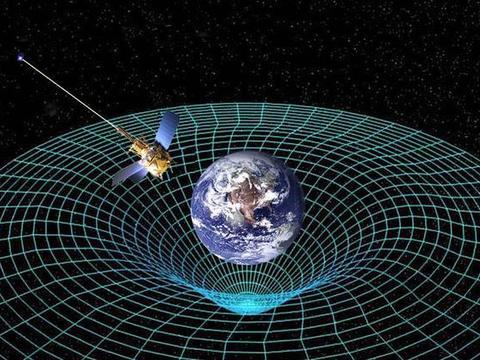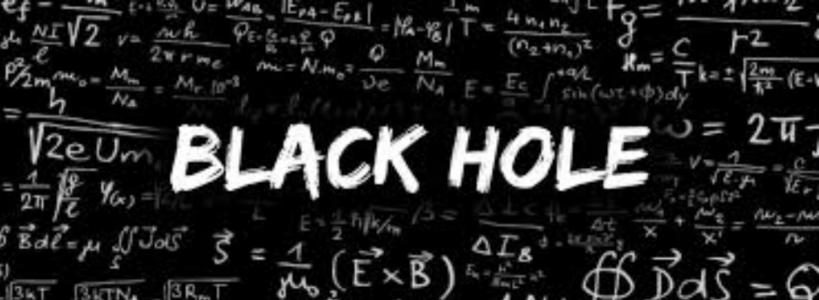Let me give a brief description about the new discovery. Amplitude of mechanical vibrations can grow without external influence. The reason lies in mechanical vibrations. It is as if heat is generated through the repeated compression of the spring and then the system temperature rises. The increased heat of the system is converted into kinetic energy, which increases the amplitude of the oscillator! At first glance, mechanical energy is transformed into thermal energy, and then thermal energy is converted into mechanical energy, and at the same time, the amplitude is increased. The energy of oscillator is increasing? In fact, it is not. There will be an explanation later. Meanwhile, this happens only with special crystal materials.

Researchers from the Peter the Great St.Petersburg Polytechnic University (SPbPU) have discovered and theoretically explained a new physical effect: amplitude of mechanical vibrations can grow without external influence.
It is generally believed that it is impossible to achieve oscillatory resonance without constant external influence. However, the scientific group of the Higher School of Theoretical Mechanics, Institute of Applied Mathematics and Mechanics SPbPU discovered a new physical phenomenon of “ballistic resonance,” where mechanical oscillations can be excited only due to internal thermal resources of the system.
The experimental work of researchers from all around the world demonstrated, that heat spreads at abnormally high speeds at nano and micro levels in ultrapure crystalline materials. This phenomenon is called ballistic heat conductivity.
The scientific group supervised by Anton Krivtsov, derived the equations describing this phenomenon and made significant progress in the overall understanding of thermal processes at the micro-level. In the study published in Physical Review E researchers considered the system behavior at the initial periodic distribution of temperature in the crystal material.
According to him, in the future the researchers plan to analyze how this can be used in such promising materials as, for example, graphene.

These discoveries also provide an opportunity to resolve the paradox of Fermi-Pasta-Ulam-Tsingou. In 1953, a scientific group led by Enrico Fermi carried out a computer experiment that later became famous. Scientists considered the simplest model of oscillations of a chain of particles connected by springs. They assumed that the mechanical movement would gradually fade away, turning into chaotic thermal oscillations. Still, the result was unexpected: the oscillations in the chain first almost decayed, but then revived and reached nearly the initial level. The system came to its initial state, and the cycle repeated itself. The causes of mechanical oscillations from thermal vibrations in the considered system have been the subject of scientific research and disputes for decades.
The amplitude of mechanical vibrations caused by ballistic resonance doesn’t increase infinitely, but reaches its maximum; after that it starts gradually decreasing to zero. Eventually, mechanical oscillations fade completely, and the temperature equilibrates in the whole crystal. This process is called thermalization. For physicists, this experiment is vital because a chain of particles connected by springs is a good model of crystal material.
Researchers of the Higher School of Theoretical Mechanics showed that the transition of mechanical energy into heat is irreversible if we consider the process at the finite temperature.
According to experts, the theoretical approach proposed by the SPbPU scientists demonstrates a new approach to how we understand heat and temperature. It may be fundamental in the development of nanoelectronic devices in the future.

Have you Ever Heard of the Batman Effect?

Argentina Mourned Over Maradona’s Death for Three Days, Why a Football Player Could Own Such an Honor? (I)

Is coffee good or bad for your health

What If There Were No Sharks?

How to Survive When Mobile Phone has no Reception

The Mysterious Blue Hole Under Water